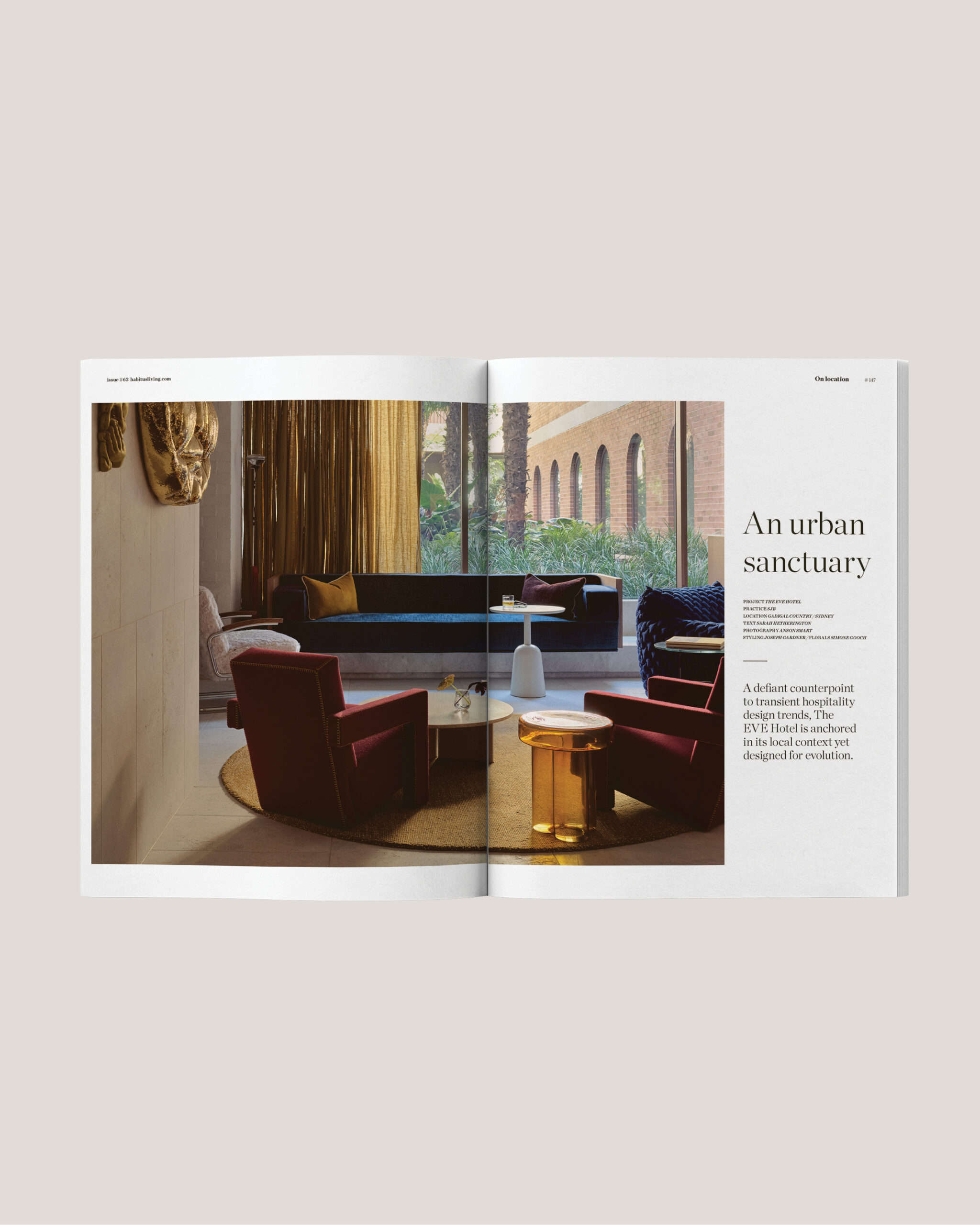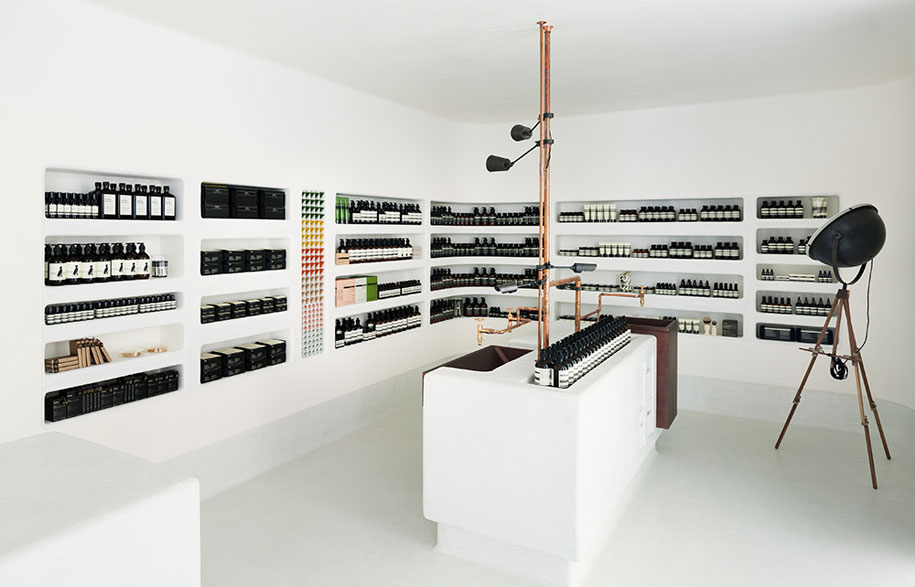The word ‘Minimalism’ conjures up glass and chrome architecture and uncomfortable but chic furniture from the 1990s. While it is fair to say that much of what was once called ‘minimalist’ was an example of ‘less is less’, there were protagonists of this genre who understood that you could provide less while delivering a quality of existence that offered a whole lot more. I’m speaking of course of architects such as John Pawson and designers like Jasper Morrison. They managed to walk that tightrope between minimal and un-liveable because they appreciated the importance of materials and proportion in raising the human spirit. If you are going to offer less it better be nigh-on perfect – and in their hands, it was.

Above: Aesop Store
Fast forward 25 years and there looks like a resurgence of interest in minimalism driven by a desire for well-being rather than the stock market and ego driven aesthetic depicted in films of the Nineties where success always seemed to be defined by a glass office with black and leather furniture. In the same way that the trend for Nouvelle Cuisine which, in the hands of chefs such as Michel Guerard was an art-form, became a convenient excuse for tiny, unsatisfying servings in the hands of others, the 90’s version of minimalism in design and architecture was an ideal that only delivered when executed and maintained to perfection.
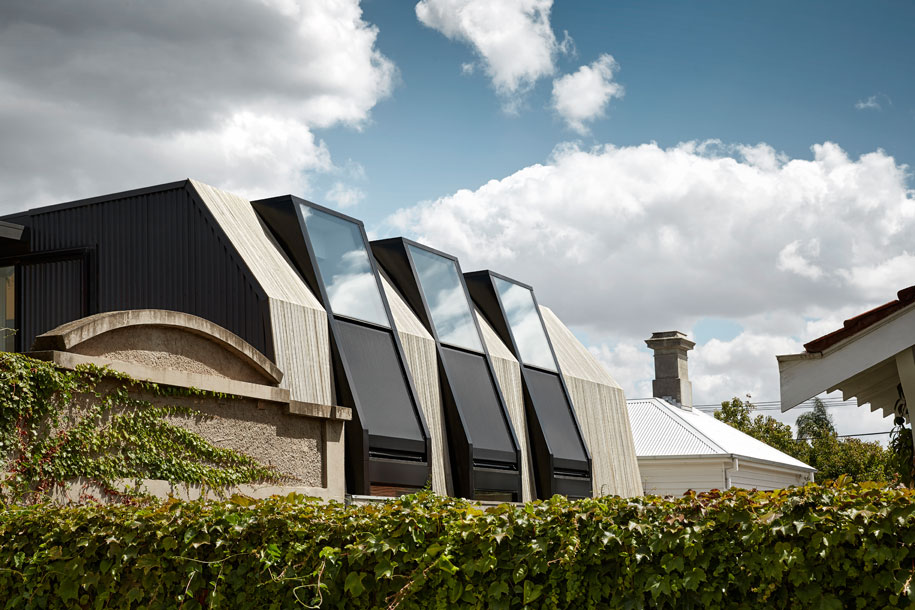 Above: Coy Yiontis House
Above: Coy Yiontis HouseBlogs such as the MInimalists and Tiny House movement have raised awareness of the benefits of downsizing and simplicity – not only in relation to housing but in life in general – including the relief of debt related stress and the reduction in consumerism. Joshua Fields Millburn and Ryan Nicodemus, the founders of The Minimalists blog, are soon to release a film called Minimalism: a documentary about the important things, in response to the overwhelming support of their 4 million followers, achieved after just 5 years. The Tiny House movement have their own unofficial documentary in the form of Small is beautiful by Australian photographer turned film-maker, Jeremy Beasley. This new found interest in the ability to limit your ecological footprint by living in smaller houses and buying less stuff may be too extreme for many, however it does raise the question whether it isn’t about time we all stopped following the establishment model and started thinking about the final outcome – quality of life. A growing number of people are rejecting mass production, low engagement interiors in preference for the bespoke, the handmade and the tactile. They want simplicity combined with warmth and individuality. They want more affordable housing but without sacrificing all vestiges of quality to get it.
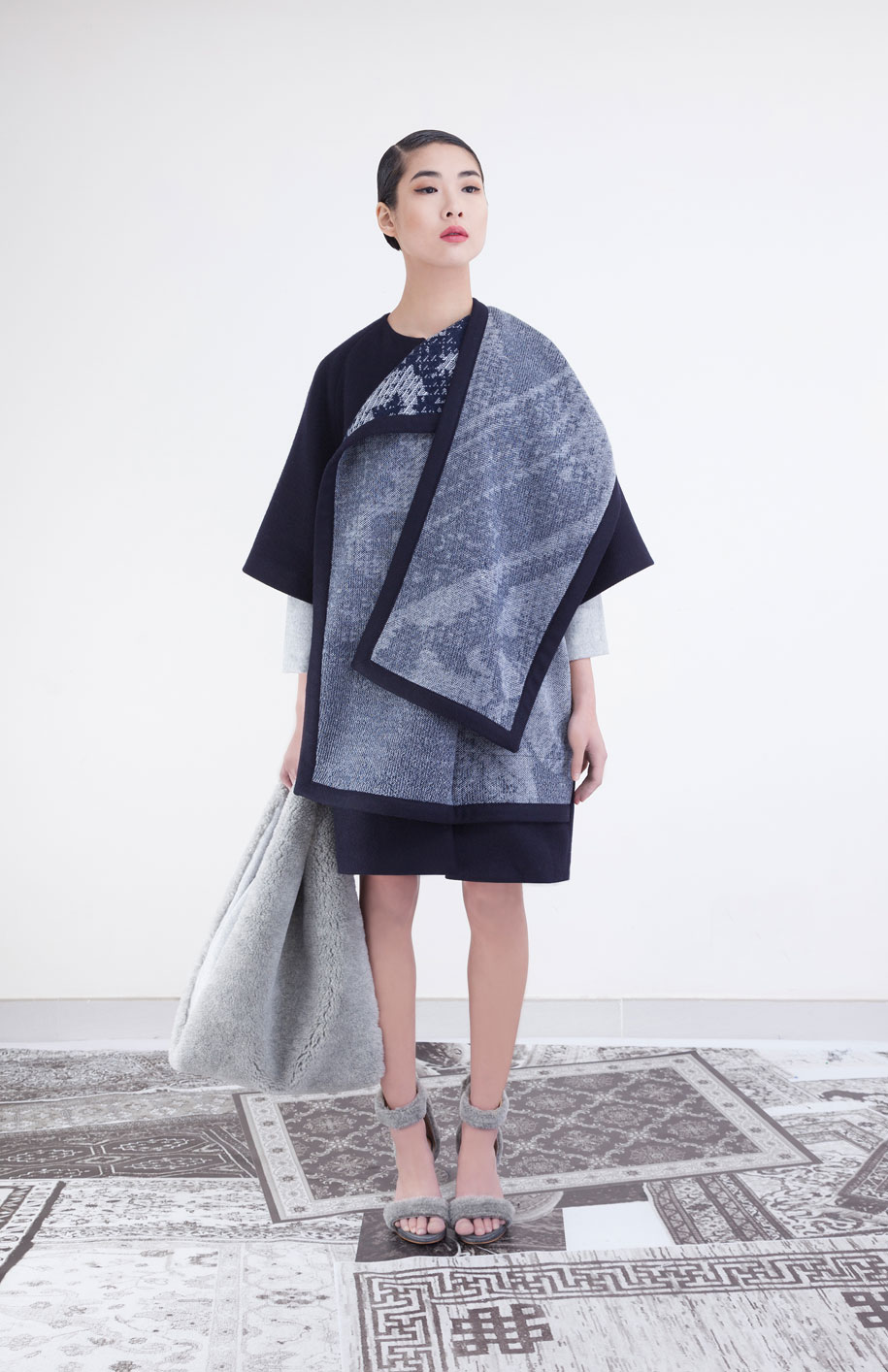
Above: ffiXXed Studios
While it is drawing a long bow to compare the quasi-gypsy abodes of the Tiny House movement to the exquisite proportions of Pawson and Morrison, if you were to put them in a room together they would have a number of attitudes in common. The need for better designed smaller spaces would be high on the list, as would simplicity and the use of honest, environmentally sustainable materials. In fact, Morrison was recently commissioned along with Naoto Fukasawa and Konstantin Grcic, to design small weekender-style houses for the Japanese homewares and fashion company, Muji. The results are suitably spartan with the smallest ‘hut’ (by Grcic) having a footprint of just 10 square metres but with their natural material palette and simple refined details, the structures are delightful examples of just how welcoming and practical a small dwelling can be if the user is prepared to do without some of the luxuries we all now seem to expect. Morrison’s own preference has always been for quiet and simple design whether in architecture, lighting, furniture or objects.
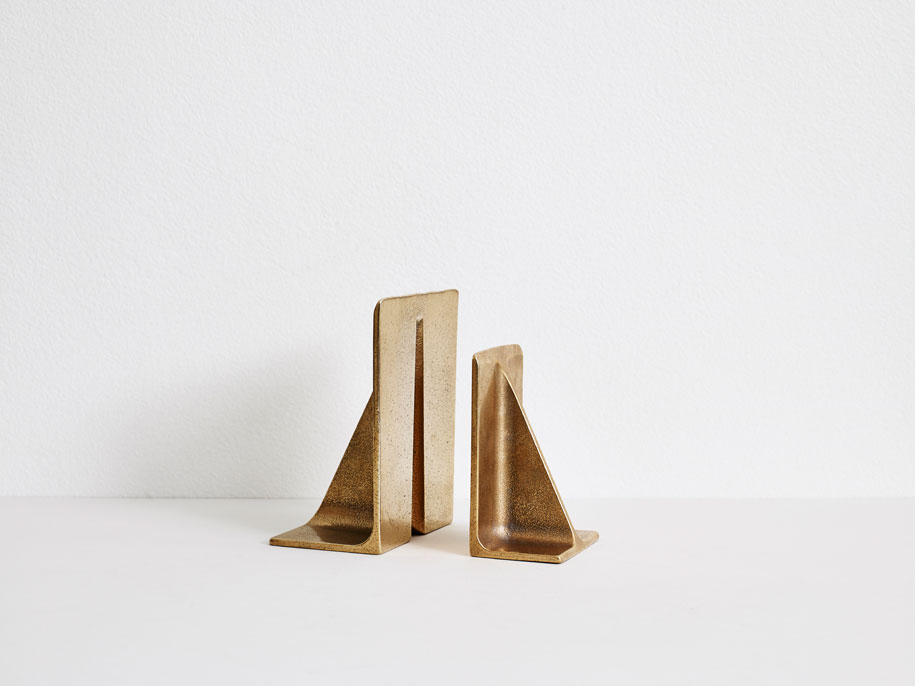
Above: Henry Wilson
Like Fields Millburn and Nicodemus, Morrison sees simplicity not as a style but as a way of looking at things from a different angle. “Simplicity is a state of mind, a philosophy of life and of things. I am not interested in looking for new forms, or forms at all. In fact, if you don’t think that form is important, you can develop a different sensibility which lets you appreciate other qualities of objects. I like ideas like normal, soft, comfortable, easy to use”, he says.
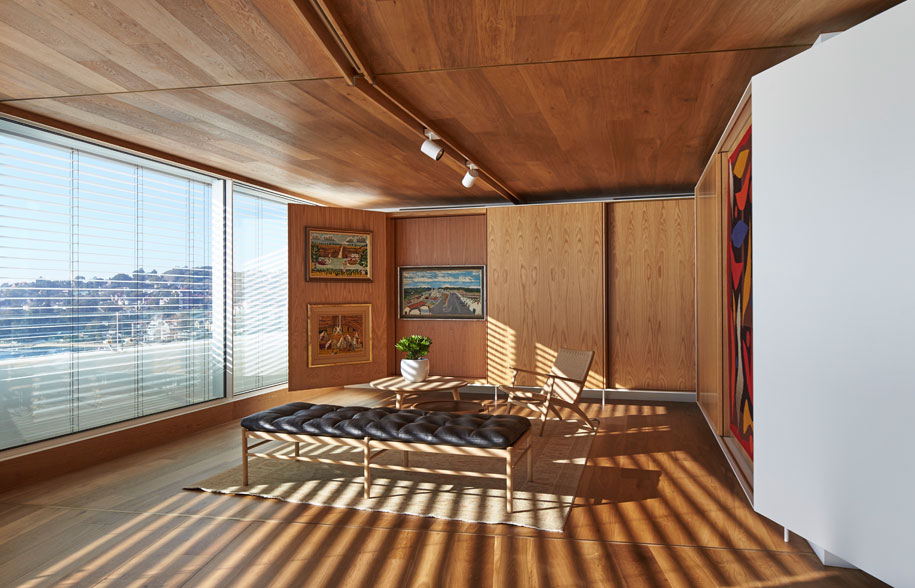
Above: Chenchow Little, Darling Point Apartment
This concept of looking beyond the purely visual and embracing character and how well designed objects and spaces improve liveability is at the core of the new approach to Minimalism. Traditional Japanese and Scandinavian aesthetics with their emphasis on careful placement, simplicity of line and honouring of natural materials are very evident in this new form of minimalism but it goes beyond just a slavish adoption of these cultural styles and adds a sympathetic contemporary ingredient to the mix.
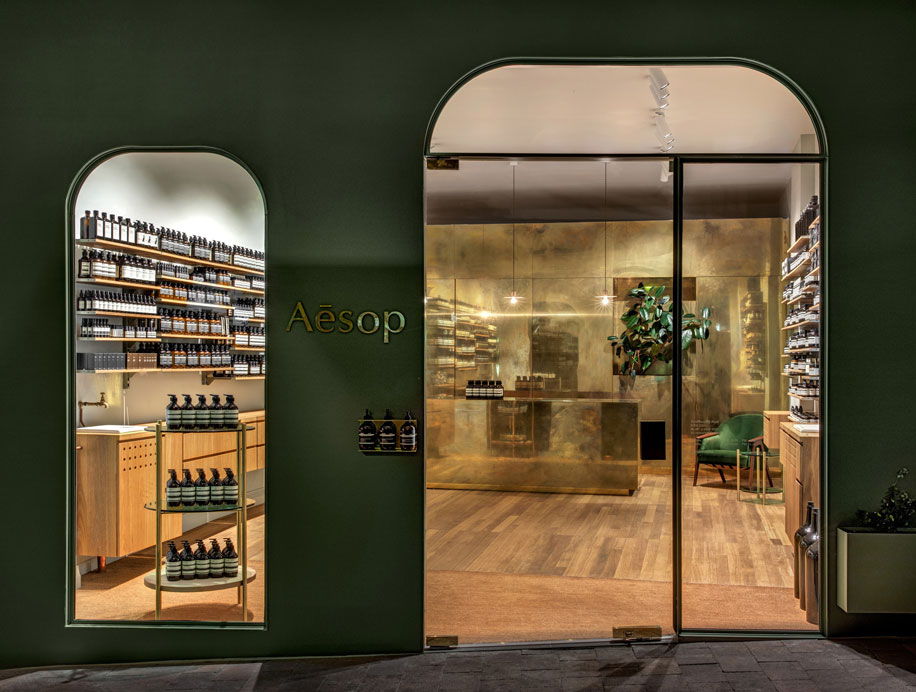
Above: Aesop, Crows Nest
Read the full story in Habitus 31, out now! Subscribe to Habitus Magazine here.
A21
a21studio.com.vn
Chenchow Little
chenchowlittle.com
ffiXXed Studios
ffixxedstudios.com
Lee Mathews
leemathews.com.au
The Minimalists
theminimalists.com
Tiny House
thetinylife.com
facebook.com/TinyHousesAustralia

Above: Paramount
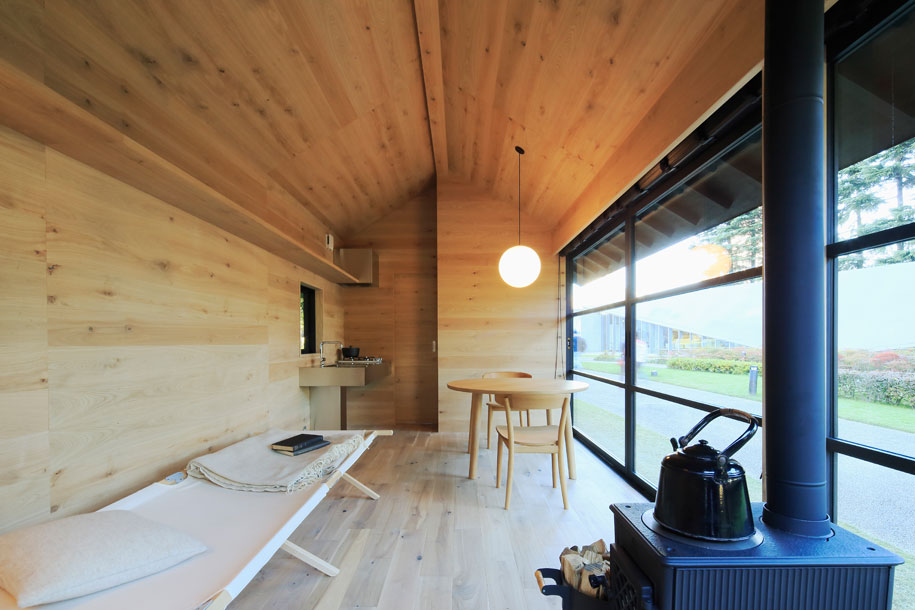
Above: Muji Hut
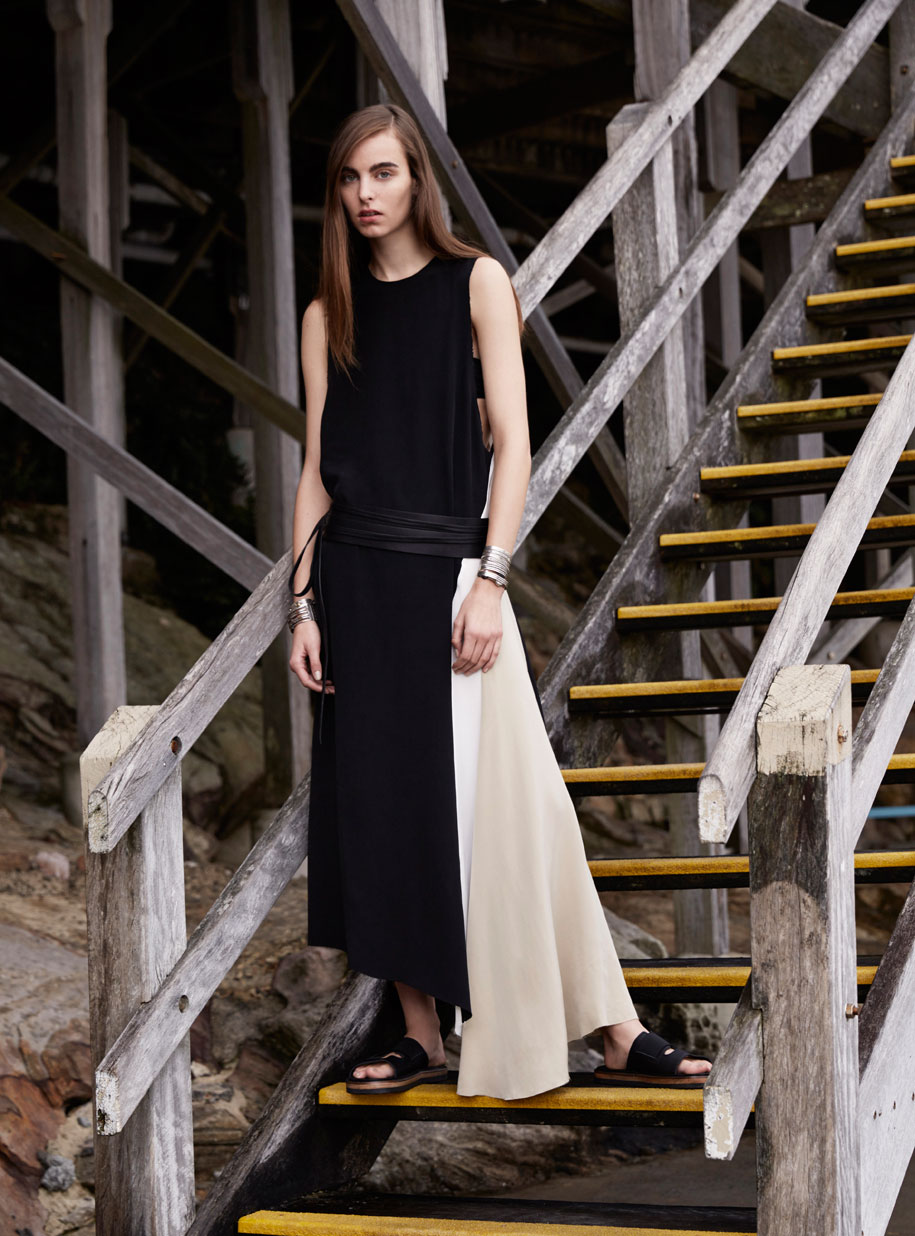
Above: Lee Matthews
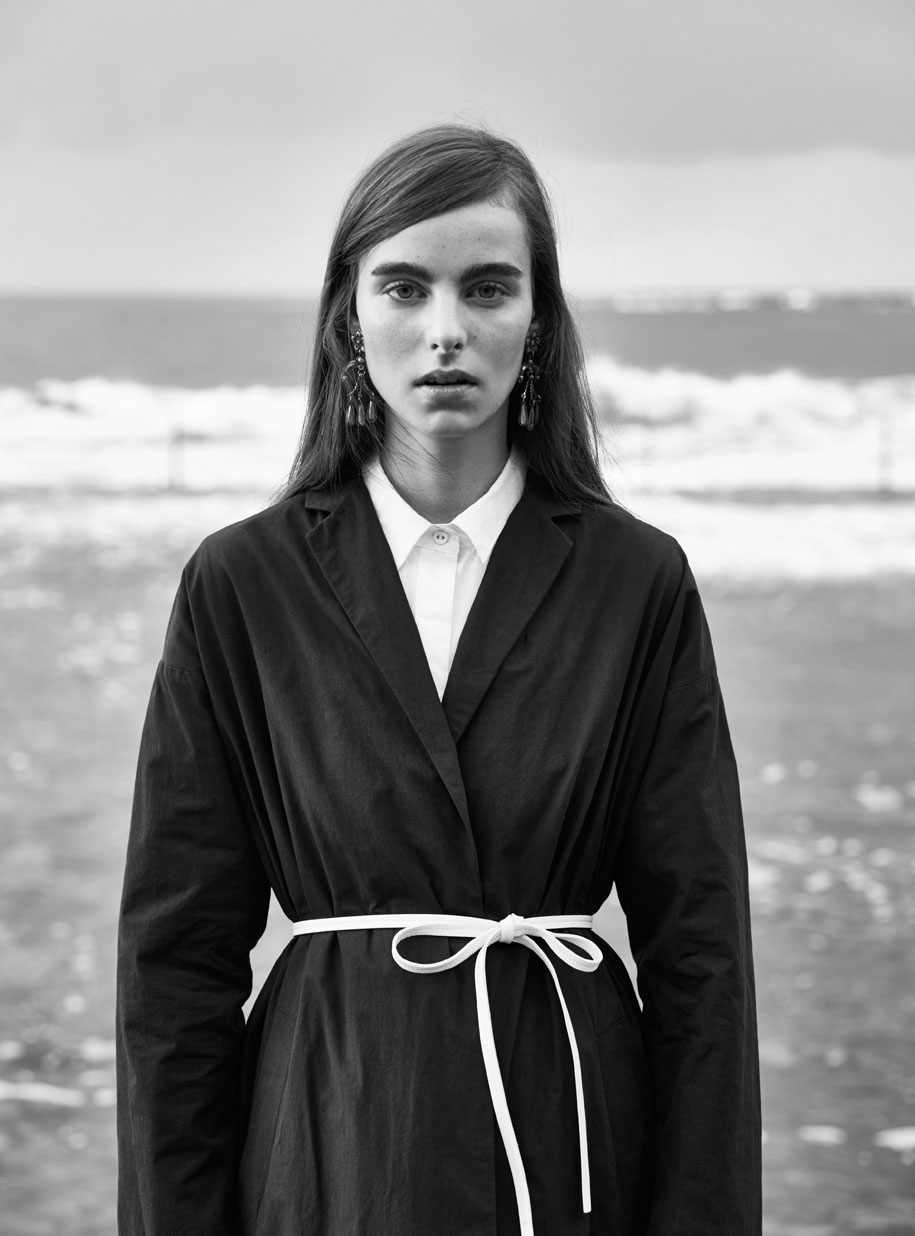
Above: Lee Matthews
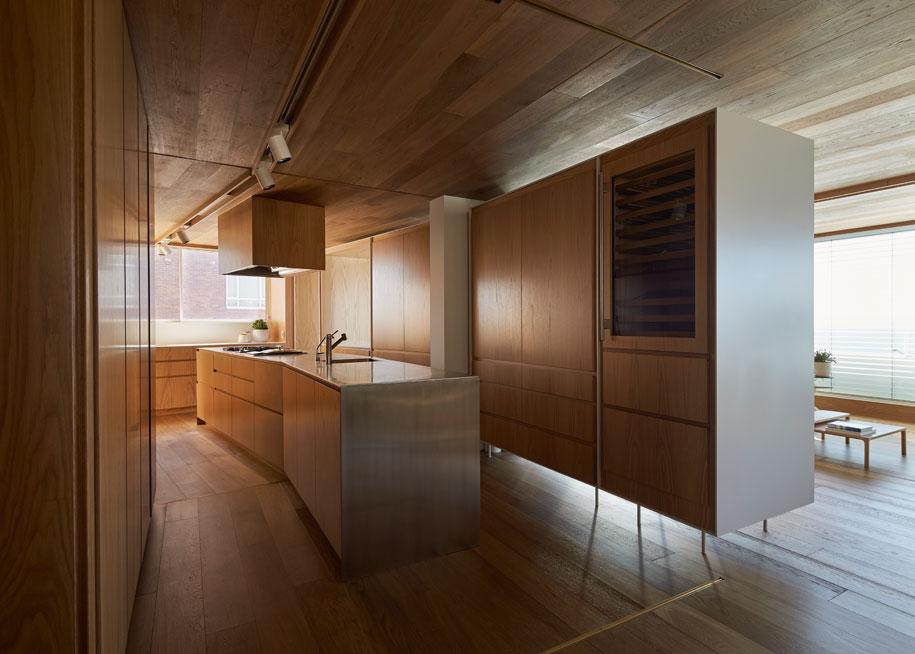
Above: Chenchow Little, Darling Point Apartment

Above: ffiXXed Studios
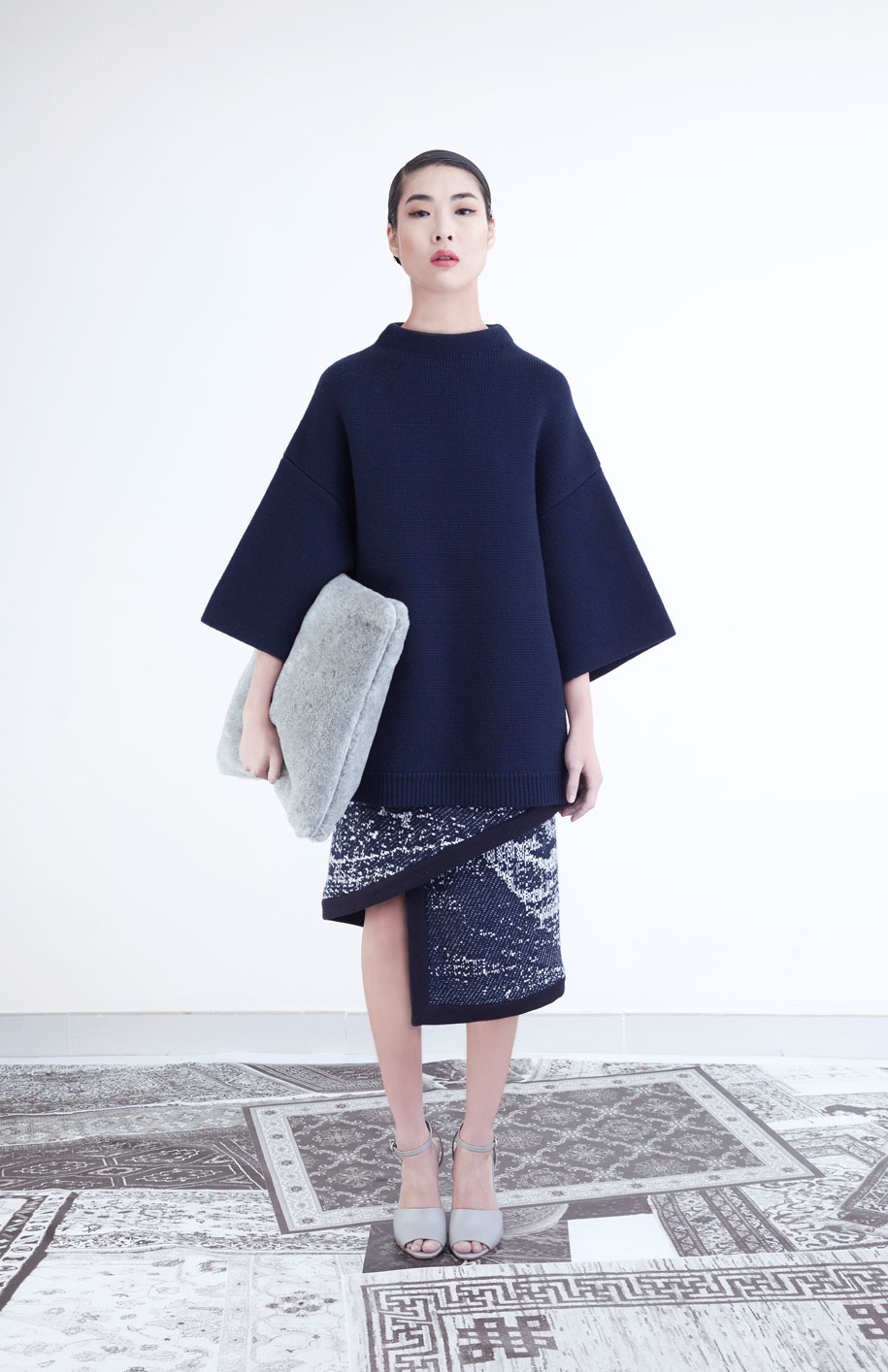
Above: ffiXXed Studios

Above: ffiXXed Studios

Above: Coy Yiontis House
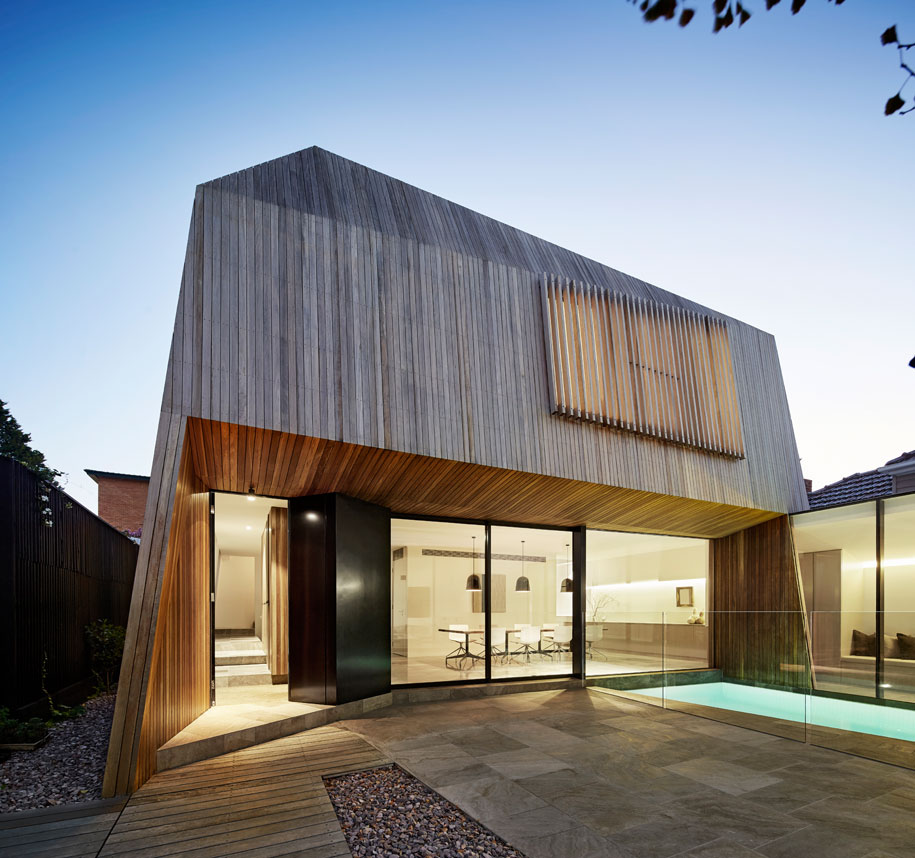
Above: Coy Yiontis House

Above: Coy Yiontis House
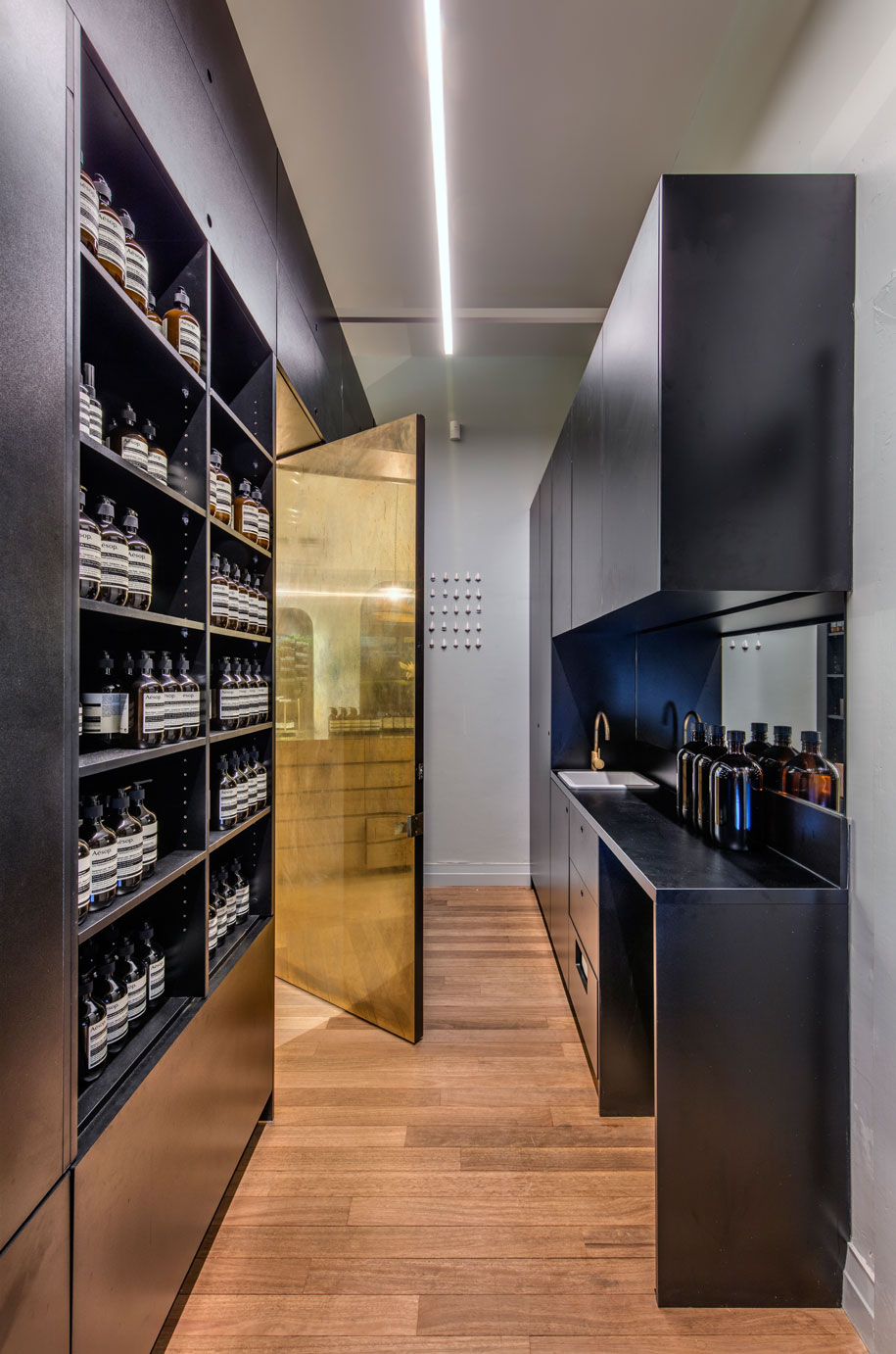
Above: Aesop Store
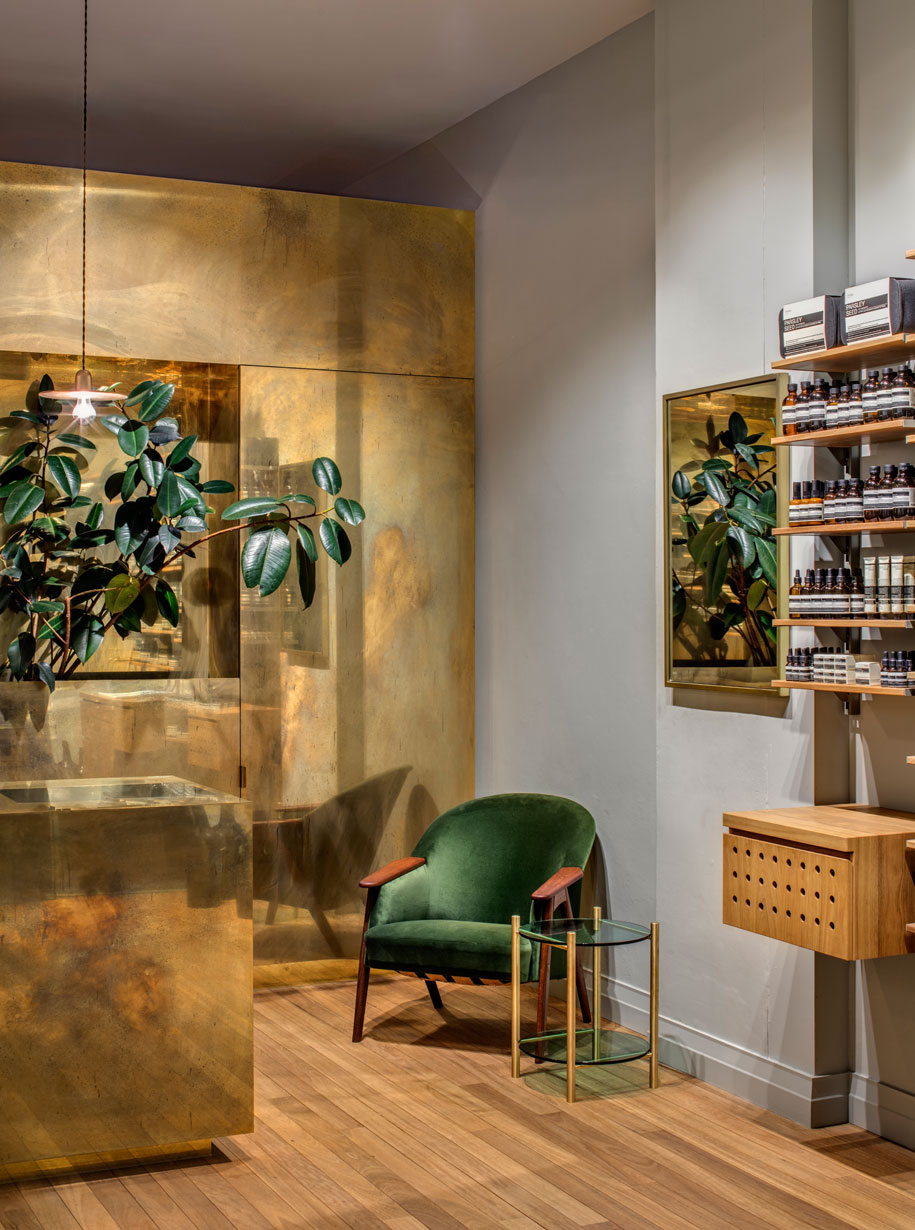
Above: Aesop Store
